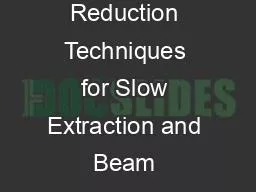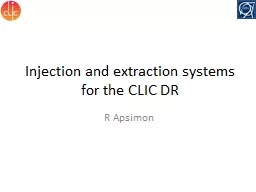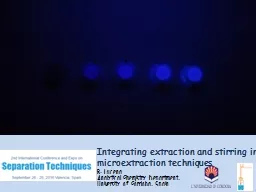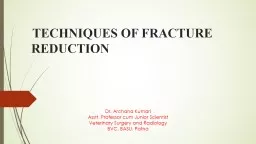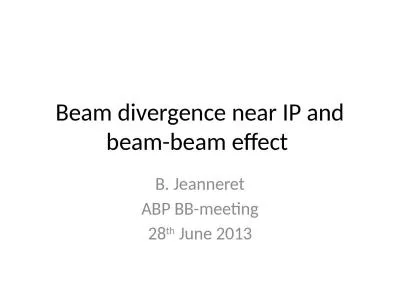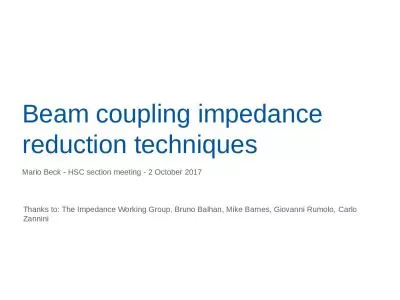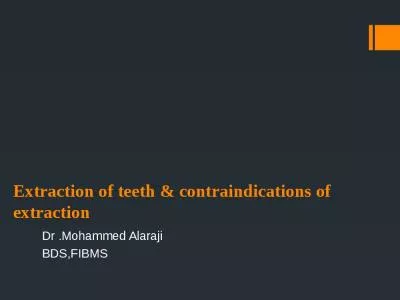PPT-Loss Reduction Techniques for Slow Extraction and Beam Delivery from
Author : nephewhers | Published Date : 2020-06-30
Synchrotrons Simulations and Recent Measurements at MedAustron Pablo Arrutia Sota RHUL TECH at CERN JAI Fest 6th December 2019 Outline Introduction From synchrotron
Presentation Embed Code
Download Presentation
Download Presentation The PPT/PDF document "Loss Reduction Techniques for Slow Extra..." is the property of its rightful owner. Permission is granted to download and print the materials on this website for personal, non-commercial use only, and to display it on your personal computer provided you do not modify the materials and that you retain all copyright notices contained in the materials. By downloading content from our website, you accept the terms of this agreement.
Loss Reduction Techniques for Slow Extraction and Beam Delivery from: Transcript
Download Rules Of Document
"Loss Reduction Techniques for Slow Extraction and Beam Delivery from"The content belongs to its owner. You may download and print it for personal use, without modification, and keep all copyright notices. By downloading, you agree to these terms.
Related Documents

